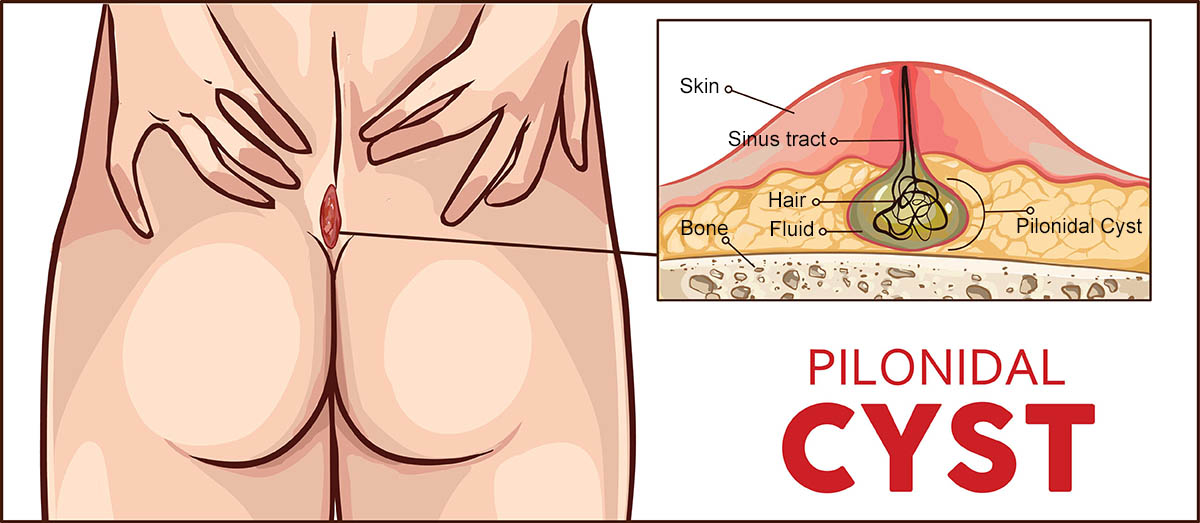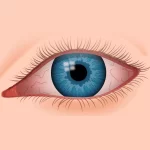What is pilonidal disease?
Pilonidal disease causes a problem with your skin, usually in the crease between your buttocks.
If you have pilonidal disease, you may have one or more of the following:
- a pilonidal sinus (tracts or narrow tunnels in your skin)
- a pilonidal cyst (fluid-filled areas)
These sinuses or cysts in your skin are usually found between your buttocks. They may be painful or cause no symptoms.
The cysts or sinuses contain hair, and may become swollen or infected (an abscess).
What are the symptoms of pilonidal disease?
Unless a cyst or sinus becomes infected, you may have no symptoms.
If your pilonidal cyst is infected and becomes an abscess, it can be very painful. You may notice:
- redness or swelling
- pain
- pus or blood coming from the abscess
- an unpleasant smell
- fever symptoms
Sometimes the abscess goes away by itself, but it may come back again.
You may have ongoing problems with fluid draining from the pilonidal cyst or sinus.
What causes pilonidal disease?
The cause of pilonidal disease is not fully understood.
Hair often grows in the cleft (crease) between the buttocks. These hairs can enter your skin, causing irritation and inflammation.
The hair might be forced into your skin by friction and pressure from:
- tight clothing
- cycling
- long periods of sitting
Pilonidal disease usually affects young people between the ages of 16 and 40 years. It is more common in:
- males
- people with a family history of pilonidal disease
- people who have a lot of hair

When should I see my doctor?
See your doctor if you have a small lump at the top of your bottom (between your buttocks) that’s:
- painful
- red
- bleeding
- leaking pus
These symptoms are signs of infection. They can develop quickly over a few days and need to be treated.
How is pilonidal disease diagnosed?
Your doctor will ask you about your symptoms and examine you by looking at your affected skin.
How is pilonidal disease treated?
Treatment for pilonidal cysts and sinuses with no symptoms start with hair removal and local hygiene.
If you have an abscess, your doctor will make a small cut to allow the pus to drain out. This will reduce the inflammation and pain. This procedure can usually be done in your doctor’s office using local anaesthetic. Your doctor may prescribe antibiotics.
If your pilonidal disease is complicated or keeps coming back, surgery may be considered.
Depending on the type of surgery required, it may take 2 to 3 weeks to return to work.
See your doctor if your scar becomes swollen, red and warm.
Can pilonidal disease be prevented?
You can help prevent pilonidal abscesses through good hygiene, by:
- keeping the area clean and dry
- using an antibacterial soap and making sure all soap is removed after cleaning
Other things that may help prevent pilonidal disease coming back are:
- avoiding sitting for long periods
- hair removal via laser treatment
Complications of pilonidal disease
Complications of tissue healing are frequent.
Pilonidal abscesses are often larger than initially suspected.


